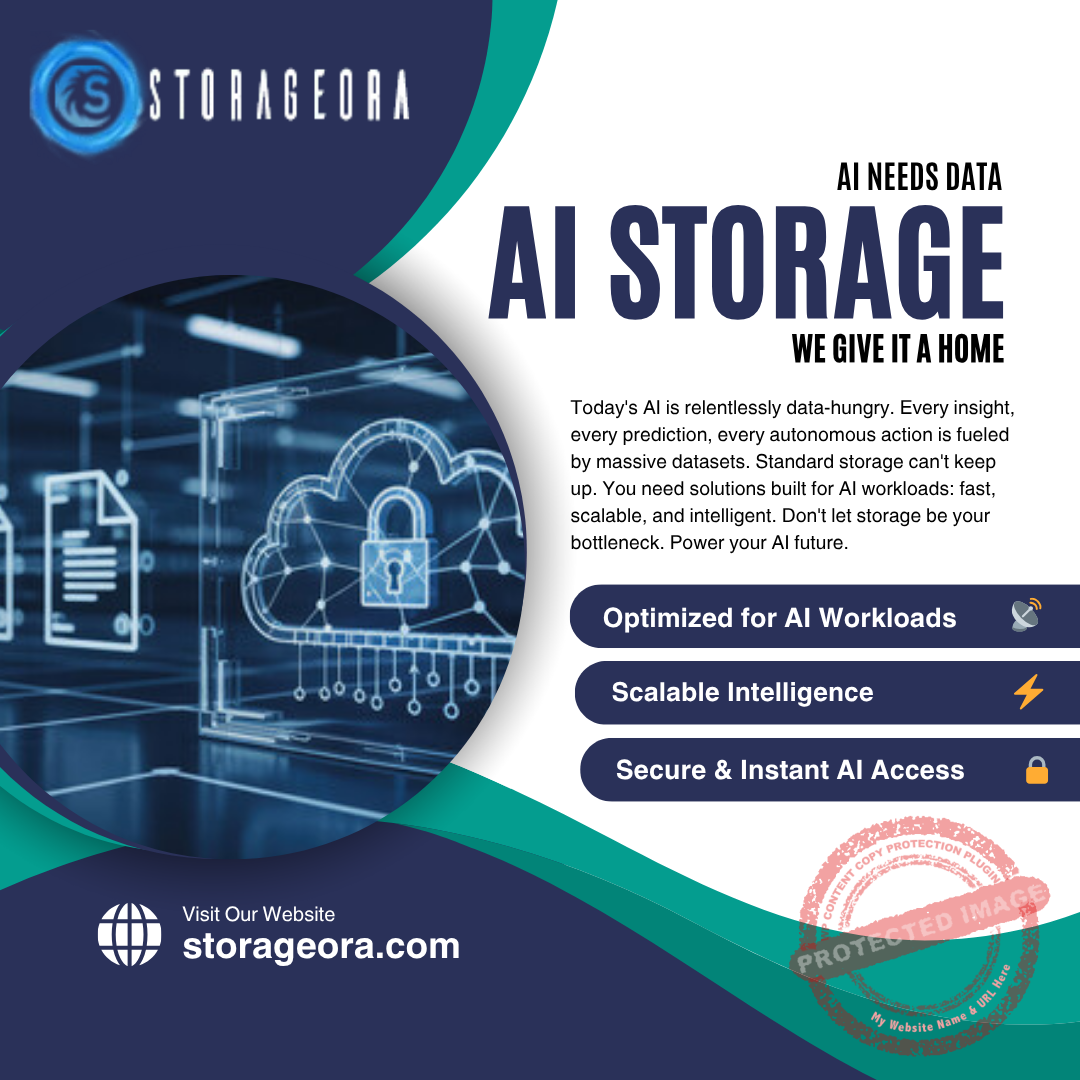August 2025 – Washington, D.C.
In a world where data breaches make headlines weekly, Identity and Access Management (IAM) has become the corporate equivalent of hiring the best bouncer in town—one who checks IDs, controls the VIP list, and knows when someone’s trying to sneak in through the kitchen. In 2025, IAM is not just about passwords; it’s about safeguarding digital identities in an era where the perimeter is everywhere and nowhere at once.
Why IAM Is Business-Critical
Cybercriminals have shifted their focus from smashing through firewalls to walking in the front door—using stolen credentials. According to Verizon’s 2025 Data Breach Investigations Report, 74% of breaches involve human elements such as stolen or weak passwords (Verizon, 2025).
IAM provides the framework and tools to:
-
Authenticate users.
-
Control access to resources.
-
Monitor and audit identity-related activity.
-
Enforce compliance with data privacy regulations.
Core Components of IAM
-
Authentication: Verifying the user’s identity via passwords, biometrics, MFA, or passwordless methods.
-
Authorization: Determining what resources a verified user can access.
-
User Lifecycle Management: Onboarding, updating, and deprovisioning user accounts.
-
Single Sign-On (SSO): Simplifying access across multiple applications with one secure login.
-
Privileged Access Management (PAM): Adding extra layers of control for admin-level accounts.
Business Impact
-
Financial Services: IAM ensures compliance with PCI DSS by restricting access to payment data.
-
Healthcare: Meets HIPAA requirements by protecting patient records with multi-factor authentication.
-
Government Agencies: Strengthens zero-trust security models for sensitive systems.
Gartner predicts that by 2027, 85% of organizations will use IAM capabilities delivered as a service to unify identity security across hybrid IT environments (Gartner, 2025).
Challenges in Implementation
-
User Experience vs. Security: Too many authentication steps can frustrate users; too few increase risk.
-
Integration Complexity: IAM must work seamlessly with legacy systems, cloud apps, and mobile platforms.
-
Insider Threats: Even authorized users can pose risks if their accounts are compromised.
The Future of IAM
IAM is moving toward passwordless authentication using biometrics, security keys, and behavioral analytics. AI-driven anomaly detection will spot suspicious login patterns—like a user logging in from New York and Singapore within 10 minutes—and trigger automatic responses.
We’re also seeing IAM integrate more deeply into zero-trust architectures, where every access request is continuously verified, no matter the user’s location or device.
Closing Thought
In today’s borderless digital landscape, IAM is the gatekeeper that makes sure the right people have the right access at the right time—and that everyone else is kept firmly on the outside.
References (APA Style)
-
Verizon. (2025). Data Breach Investigations Report 2025. Retrieved from https://www.verizon.com
-
Gartner. (2025). Market Guide for Identity and Access Management as a Service. Retrieved from https://www.gartner.com
-
National Institute of Standards and Technology (NIST). (2024). Digital Identity Guidelines. Retrieved from https://www.nist.gov
Samantha Cohen – Co-Editor
Dallas, Texas
Peter Jonathan Wilcheck – Co-Editor
Miami, Florida
Jean Francois Gauthier – InfoSec News Contributor
Montreal, Quebec
Post Disclaimer
The information provided in our posts or blogs are for educational and informative purposes only. We do not guarantee the accuracy, completeness or suitability of the information. We do not provide financial or investment advice. Readers should always seek professional advice before making any financial or investment decisions based on the information provided in our content. We will not be held responsible for any losses, damages or consequences that may arise from relying on the information provided in our content.




